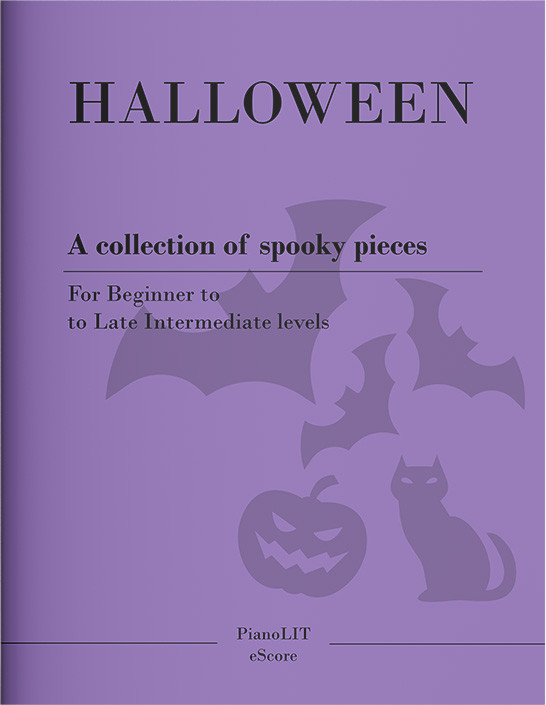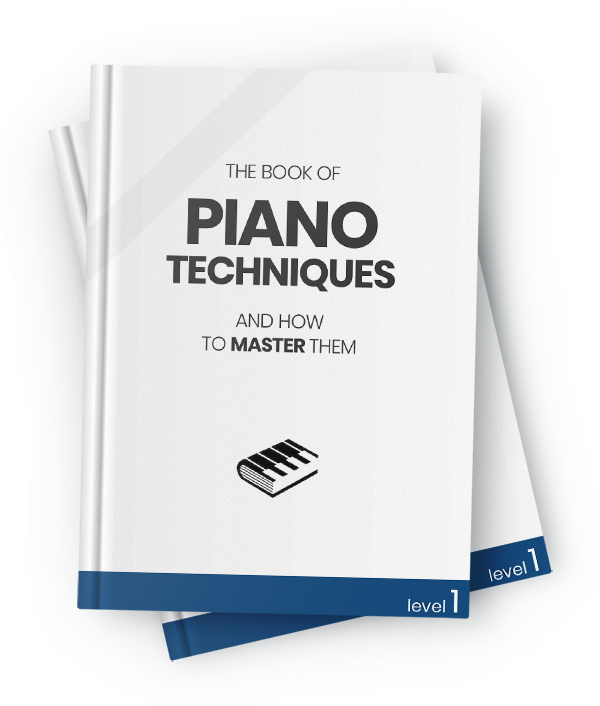Written by Anna
A deeper look into the Bach's family from the perspective of who kept it all together: the talented and forgotten Anna Magdalena Bach.
Jul 4, 2019 • 9 min read
6184

Want a heads up when a new story comes out?
Leipzig was a thriving city in the year 1723. In this year, Johann Sebastian Bach was appointed Cantor of the Thomas school at the Thomas church in Leipzig and Director of Music for the principal churches in the town.
Anna followed her husband Johann to Leipzig. She was only twenty years old when she married the widowed Johann and became the stepmother of his four children: Catharina Dorothea (13 years old), Wilhelm Friedemann (11 years old), Carl Philipp Emanuel (7 years old) and Johann Gottfried Bernhard (6 years old). She had to abandon her distinguished career as a professional singer to support the already large household which would increasingly grow during the years following 1723. Anna bore 13 children of her own, of whom seven died directly after birth or in early childhood. She was constantly pregnant, year after year. We can only imagine the difficulties she had to overcome and the burdens of keeping such a huge family together.
The apartment, in which not only private students came and went, but where numerous musicians passed through, resembled “a pigeon house and its liveliness perfectly”.
The talent that she was
Due to her duties as mother and housekeeper, Anna Magdalena Bach only performed as a singer in domestic settings and on private occasions but she did once return to Köthen with her husband for guest performances. It was in Köthen where Anna met Bach, back when she was twenty years old, while employed by the court as Princely Singer. Hailing from a musical clan, the Wilcke family, Anna Magdalena Wilcke was a star singer as a young woman, well paid by the Prince of Köthen, ruler of the central German court. Here she was acclaimed and well paid, able to provide for her own as a self-sufficient artist. As often happened in this period in time, Anna gave up her singing career for the sake of her husband's.
"...especially since my current wife sings a quite flawless soprano"
In Leipzig Anna was utterly dependent on Johann's career where she actively supported him by copying manuscripts of his works. Her handwriting and the one of Johann's are at most times intertwined becoming the work of a team rather than an individual. It's been theorized that the famous six suites for solo cello, of which Pablo Casals once said, “They are the very essence of Bach, and Bach is the essence of music”, are the work of Anna herself. This theory comes from a phrase that appears in the lower-right-hand corner of the title page of Anna Magdalena’s copy saying “ecrite par Madame Bachen” which literally translates as "Written by Mrs Bach, his wife". You can interpret it as if to say "Composed by Anna Magdalena” but also "Transcribed by Anna Magdalena". This theory has been proposed in 2006 by Martin Jarvis, a Welsh-born musician who teaches at Charles Darwin University, in Australia. As of today is labeled as mere speculation.
Download our gift to get the original manuscript from Anna herself of the acclaimed prelude from the first Cello Suite!
The famous notebooks
Anna was not only a singer but a keyboard player as well. Johann put together a series of charming pieces in notebooks for her back in 1720. Most pieces were written out either by Johann Sebastian or Anna Magdalena, but is to note that the collections also contain little works by other musicians known to the Bachs. The most often played of all is the beloved Minuet in G. This piece is actually by Christian Pezold, organist of Dresden. Johann had played a concert in Pezold’s church on its famous organ in 1725, the same year he presented the second notebook to Anna Magdalena.
We can imagine the singer Anna, humming along with the catchy melody while practicing at her harpsichord.
Probably not everyone knows how this little piece became renown to the broader public. The minuet was already a piano favorite when then pop band singer Freddy Martin, who specialized in transforming well-known classical pieces into pop pleasers, set it as “A Lover’s Concerto” in 1941. A few years later the girl group "The Toys" released their more famous version where they sing right in front of a Bach's bust (at the time the composition was still attributed to Bach). With a different beat per measure, it's no longer a minuet.
Raising the other Bachs
Anna successfully raised Johann's kids and her own under the family business which was music. All of Bach's male children enrolled in college studies and four went on to have careers as composers: Carl Philip Emmanuel, Wilhelm Friedemann, Johann Christoph Friedrich, and Johann Christian.
Anna's godchildren are a reflection of her loving relationships with her family one of which was Anna Carolina Philippina, the daughter of Carl Philipp Emanuel, who was baptized in Berlin in 1747 with Anna as godmother.
The family affection towards her is also made clear from Johann's nephew, who sought to acquire a trained linnet for her, for she was “a great friend of this kind of bird”. And when in August 1741 Anna fell ill, he wrote to his uncle, who was temporarily staying in Berlin, that “we believed nothing other than that to our great sorrow we would even lose her”.
The decline after Johann's death
Johann died in 1750 leaving Anna struggling for survival since she refused to remarry. Anna asked the Leipzig councilman for the half-year grace period, during which the cantor salary would continue to be paid for half a year. but since Johann had already received a money advance before he took office, she was only granted the remaining two quarters. By 1751 she moved in with her younger daughters. During the grim poverty of her last life's decade, she was to withdraw from view, surviving through alms, prayer, and piecework. Her poverty and isolation offered a bleak contrast to the self-sufficiency she had already attained during the early years of her life. She died in 1760, 10 years after Johann.
•••
Only recently we have learned to identify Anna for who she really was: an extraordinary woman, a mother of many children, an artist, a talented singer, a muse and active assistant to her husband. The greatest music in human history has passed through her hands, written by Anna for humanity.
- Ingeborg Allihn (2013), Anna Magdalena Bach, Musik und Gender im Internet.
- Alex Ross (2014), The search for Mrs. Bach, The New Yorker.
- David Yearsley (2016), The Widow Bach: Anna Magdalena Rediscovered, CounterPunch


